
Situated along South Africa’s celebrated Garden Route, the town of Knysna is flanked by forested hills, pristine nature reserves and the expansive waters of Knysna Estuary. Snaking from the Outeniqua Mountains, the waters eventually spread into a broad basin before meeting the Indian Ocean at a narrow gap between the Knysna Heads. It is one of the largest estuaries in South Africa and has been ranked as the most important in terms of conservation value, taking size, type, rarity and biodiversity into account. Ranked 13th out of 258 estuaries in the country relevant to its importance for waterbirds, this jewel of the Garden Route is also a popular tourist destination and a prime location for holiday homes.
Despite its significance, its birdlife is relatively poorly studied in comparison to several large South African estuaries; the first thorough waterbird count was made in January 1979 by the erstwhile Western Cape Study Group. The most comprehensive information comes from the Coordinated Waterbird Counts Project (CWAC) which, since January 1993, has conducted counts at low tide in summer and winter over an impressive 30 years.
The typical community of large waterbirds comprises just over 60 species, dominated by ducks, resident and migratory waders, gulls, terns, cormorants, ibises, spoonbills and herons. The list of vagrants boasts southern Africa’s first claimed Spotted Sandpiper in the mid1800s (although this specimen can no longer be traced) and the sixth Lesser Yellowlegs, seen in November 2010.
By the numbers
This story is from the May/June 2023 edition of African Birdlife.
Start your 7-day Magzter GOLD free trial to access thousands of curated premium stories, and 8,500+ magazines and newspapers.
Already a subscriber ? Sign In
This story is from the May/June 2023 edition of African Birdlife.
Start your 7-day Magzter GOLD free trial to access thousands of curated premium stories, and 8,500+ magazines and newspapers.
Already a subscriber? Sign In

EXPLORING NEW HORIZONS
Keith Barnes, co-author of the new Field Guide to Birds of Greater Southern Africa, chats about the long-neglected birding regions just north of the Kunene and Zambezi, getting back to watching birds and the vulture that changed his life.

footloose IN FYNBOS
The Walker Bay Diversity Trail is a leisurely hike with a multitude of flowers, feathers and flavours along the way.
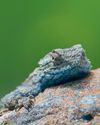
Living forwards
How photographing birds helps me face adversity
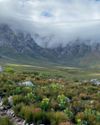
CAPE crusade
The Cape Bird Club/City of Cape Town Birding Big Year Challenge
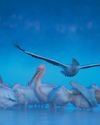
water & WINGS
WATER IS LIFE. As wildlife photographer Greg du Toit knows better than most.
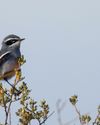
winter wanderer
as summer becomes a memory in the south, the skies are a little quieter as the migrants have returned to the warming north. But one bird endemic to the southern African region takes its own little winter journey.
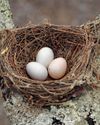
when perfect isn't enough
Egg signatures and forgeries in the cuckoo-drongo arms race
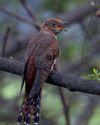
Southern SIGHTINGS
The late summer period naturally started quietening down after the midsummer excitement, but there were still some classy rarities on offer for birders all over the subregion. As always, none of the records included here have been adjudicated by any of the subregion's Rarities Committees.
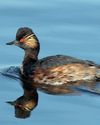
flood impact on wetland birds
One of the features of a warming planet is increasingly erratic rainfall; years of drought followed by devastating floods. Fortunately, many waterbirds are pre-adapted to cope with such extremes, especially in southern Africa where they have evolved to exploit episodic rainfall events in semi-arid and arid regions. But how do waterbirds respond to floods in areas where rainfall - and access to water - is more predictable? Peter Ryan explores the consequences of recent floods on the birds of the Western Cape's Olifants River valley.
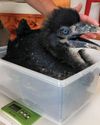
a star is born
It’s every producer’s dream to plan a wildlife television series and pick the right characters before filming.